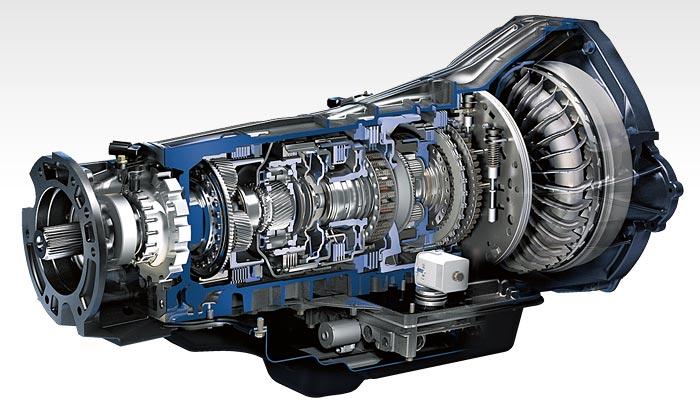The transmission in your vehicle has hundreds of interconnected parts that are always moving, rubbing, heating up and interacting with other internal and external components. Because there are so many parts in the transmission – and because each of those parts is continually exposed to friction and heat – it is natural that your transmission components will experience more wear and tear than other, simpler, mechanisms in your vehicle makeup.
Signs of Transmission Problems
If your car is having transmission problems, it is important to catch it early before it becomes a more involved – and a more costly issue. If you are experiencing any of the following transmission symptoms, we recommend bringing your vehicle in for a transmission service and inspection as soon as possible:
Transmission shifting delays: Does your vehicle pause before moving when shifting from park? Are you experiencing any pause in forward motion when your vehicle is shifting into first gear, or beyond first gear? Is there a delayed vehicle response when you shift from park to reverse?
Transmission slipping, grinding, or jumping during acceleration when the car is shifting gears.
Car shaking at any speed.
A burnt smell coming from under your hood.
Fluid visibly leaking from the vehicle
Clunking, screeching or whistling sounds coming from the vehicle.
Transmission fluid on dipstick is cloudy, thick or foul smelling.
Manual transmission gear shifter is physically hard to move or won’t go into gear.
Common Transmission Problems
Low or dirty transmission fluid caused by leaking, contamination, or age
Manual transmission vehicles need transmission fluid to keep gears lubricated and to prevent grinding. Automatic transmission vehicles need transmission fluid to create the hydraulic pressure that actually powers movement within the transmission. Without the right amount of clean and debris-free transmission fluid, transmissions can overheat and essential gears can slip, surge, or become ground down, and – especially in the case of automatic transmissions – total vehicle failure can occur.
Worn gear synchronizers (manual transmission systems only)
In manual transmission systems, gear synchronizers – or synchros as they’re commonly called – are the transmission component that makes the gear you are about to shift into spin at the same speed as the gear you are shifting from. By having the two gears spinning at the same speed during the shift, gear synchronizers create a smooth, seamless shifting experience. Worn gear synchros are a common manual transmission problem, and if untreated, can cause transmission failure.
Worn clutch (manual transmission systems only)
A worn clutch is another common manual transmission problem. The clutch in a manual transmission system can become worn due to mechanical error if there is a hydraulic fluid leak in the clutch master cylinder, or by human error if the driver is frequently accelerating and shifting through the gears without releasing his or her foot from the clutch. This can burn up a manual transmission clutch quickly and will result in a clutch replacement service.
Failed Needle Roller Bearings (automatic transmission systems only)
Needle bearings are small, lightweight roller bearings that help prevent gears in the automatic transmission’s torque converter from grinding. If the transmission’s needle bearings become worn or sluggish you may hear grinding or brushing noises coming from your vehicle while the car is in motion. This sound can mean your transmission gears are moving inefficiently and being prematurely worn down.

Transmission Problems
by
Tags:

Leave a Reply